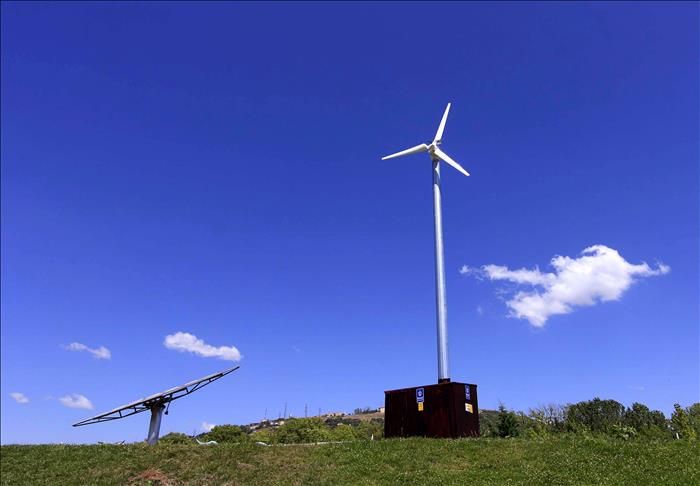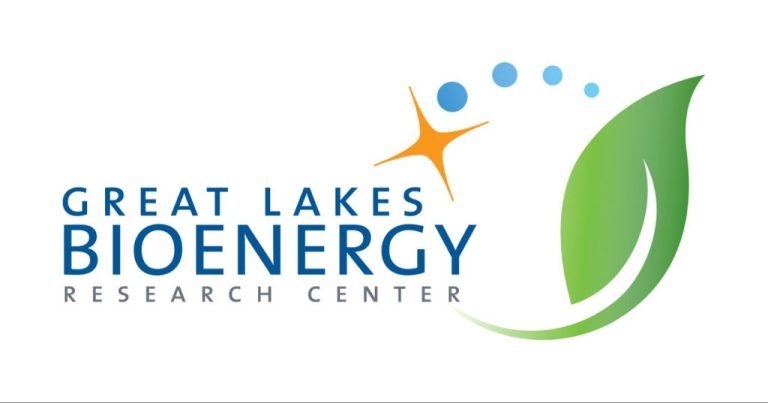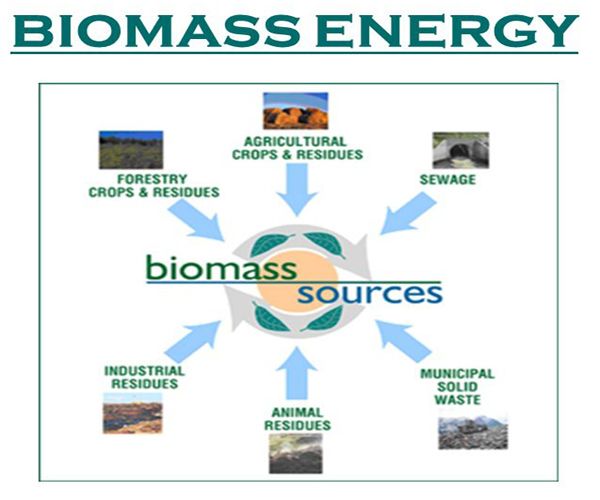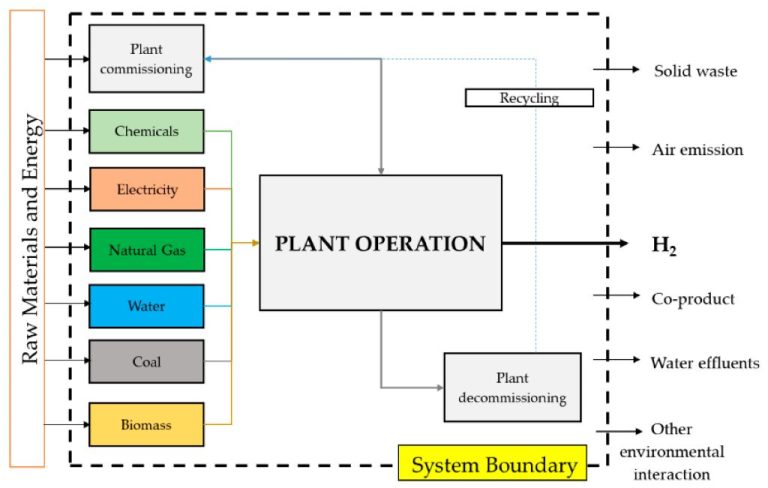What Are The Alternative Energy Sources In Zimbabwe?
Zimbabwe faces severe challenges in meeting its energy needs. Only about 40% of the population has access to modern forms of energy, with the majority relying on traditional biomass like firewood and charcoal for cooking and heating needs (African Power Platform, n.d.). Electricity access stands at just 40%, with frequent and prolonged blackouts being common across the country due to insufficient generation capacity and aging infrastructure. At the same time, demand for energy continues to grow with Zimbabwe’s increasing population and desire for improved standards of living. There is a need to rapidly increase energy generation and expand access through development of renewable sources like solar and hydro as well as natural gas, while rehabilitating existing infrastructure. Improving the energy situation is crucial for powering economic development and improving livelihoods in Zimbabwe.
Hydroelectric Power
Hydroelectric power is an important source of renewable energy in Zimbabwe. According to data from the World Bank, electricity production from hydroelectric sources accounted for about 45% of Zimbabwe’s total electricity production in 2019.
The major hydroelectric facility in Zimbabwe is the Kariba Dam on the Zambezi River, which was completed in 1959. Kariba Dam has an installed capacity of 1,050 MW and provides Zimbabwe with about 70% of its electricity needs (The World Bank, 2019; Al Jazeera, 2022).
In 2013, construction began on an extension to the Kariba Dam called Kariba South Power Station. This added two 150 MW generators, bringing Kariba’s total capacity to 1,050 MW. Kariba South became fully operational in 2018 and helped increase Zimbabwe’s electricity generation at a time when water levels in Lake Kariba were declining due to drought (The Herald, 2018).
Another major hydroelectric project is the Batoka Gorge Dam, which is proposed to be built downstream of Victoria Falls on the Zambezi River. The Batoka Gorge project is expected to have an installed capacity of 2,400 MW, with Zimbabwe and Zambia sharing the power output equally. However, construction has not yet started on this project (ZRA, 2022).
Overall, hydroelectric dams supplied about 45% of Zimbabwe’s electricity in recent years. However, recurrent droughts leading to low water levels in Lake Kariba have often forced reductions in power output from Kariba Dam, leading to load shedding and blackouts across Zimbabwe (Al Jazeera, 2022). Developing additional hydro capacity through projects like Batoka Gorge could help increase Zimbabwe’s electricity supply and reduce dependence on imported power.
References:
The World Bank. (2019). Electricity production from hydroelectric sources (% of total) – Zimbabwe. Accessed on [date].
Al Jazeera. (2022, November 29). Zimbabwe faces power woes as low dam level halts hydroelectricity. Accessed on [date].
The Herald. (2018, March 21). Kariba South Power Station commissioned. Accessed on [date].
Zambezi River Authority (ZRA). (2022). Batoka Gorge Hydro-Electric Scheme. Accessed on [date].
Solar Power
Zimbabwe has an exceptional solar energy potential with an average of over 8 hours of sunshine per day and daily solar irradiation figures of around 5.5 kWh/m2 in most regions (SEP 2021). This makes solar power an extremely attractive renewable energy option.
Several major solar projects have been commissioned in recent years, including the Insukamini Solar Power Plant which was opened in 2017 with an installed capacity of 10MW. This was followed in 2019 by the Gwanda Solar Power Plant, currently the largest in the country at 100MW (SEP 2021).
The growth of solar power has been supported by government policies like the renewable energy feed-in tariff introduced in 2020. There are now over 100 solar energy companies operating in Zimbabwe as the costs of solar panels and associated technologies have declined globally (SEP 2021).
However, some challenges remain such as lack of access to financing and high import costs of solar equipment. Going forward, solar power is still seen as a major opportunity for Zimbabwe to reduce reliance on hydropower and unlock its enormous solar potential.
Wind Power
Zimbabwe has strong potential for onshore wind power development due to favorable wind speeds across much of the country. According to a 2021 study published in the South African Journal of Science, the average wind speed at 80 meters height ranges from 4 to 6 meters per second across Zimbabwe, which is sufficient for commercial wind power generation [1]. Areas around Masvingo and Matabeleland North provinces are estimated to have some of the highest wind power potential.

Currently, the only major operational wind farm in Zimbabwe is the Makomo Wind Farm located in Hwange. This farm opened in 2018 and has 25 turbines with a total capacity of 50 MW. There are plans underway to further expand wind capacity in the coming years. In 2024, Optate Africa announced plans to build a 200 MW wind farm near Plumtree [2]. Wind projects are expected to continue growing as Zimbabwe works to diversify its electricity generation sources and reduce reliance on hydropower.
Geothermal Power
Zimbabwe has significant potential for geothermal energy, with over 30 identified hot spring sites across the country. The most promising locations are in the Zambezi Valley, including the Chimbwawata Hot Springs in Binga district where surface temperatures can reach boiling point.[1]
In December 2022, Zimbabwe announced plans to construct its first utility-scale geothermal power plant, a 10MW facility located at the Chimbwawata Hot Springs.[2] The $30 million project will involve designing, building, financing, operating and maintaining the plant. It represents a major milestone in tapping Zimbabwe’s geothermal resources for clean electricity generation.
Additional prospective geothermal sites include the Nyamangulukuru thermal springs in the Nyanga district of Manicaland province. Surface temperatures up to 84°C have been recorded here. While still in early exploration stages, Nyamangulukuru shows promise for future geothermal power development.
Biomass & Biofuels
Zimbabwe has abundant biomass resources that can be utilized for energy production. The major biomass feedstocks are fuelwood, agricultural residues, forestry waste, animal manure, aquatic biomass, and municipal solid waste (Hemstock, 1995). It is estimated that biomass accounts for over 60% of Zimbabwe’s energy supply, with fuelwood constituting about 90% of biomass use (Musemwa, 2012).
Some key biomass energy projects in Zimbabwe include the triangle ethanol plant which converts sugarcane molasses into ethanol fuel, biogas digesters utilizing cattle manure, and briquetting of agricultural residues to create solid fuels. There are also initiatives to plant fast-growing trees like eucalyptus to produce fuelwood and charcoal (Musemwa, 2012). However, over-reliance on fuelwood has led to deforestation and land degradation.
Going forward, Zimbabwe needs to promote sustainable biomass production through agroforestry, efficient cookstoves, and modern bioenergy technologies to fully realize the potential of this renewable energy source.
Waste-to-Energy
Zimbabwe has significant potential for generating energy from municipal solid waste. The country produces over 1.65 million tons of municipal solid waste annually, with over 60% of that generated in Harare alone. Only 20-30% of this waste is properly disposed of, presenting major opportunities for waste-to-energy projects.
One major waste-to-energy project is the Pomona Waste To Energy Project planned for Harare. This 22MW biopower plant will generate electricity by incinerating municipal solid waste. The project is being developed by Geogenix BV, a Netherlands-based renewable energy company. Once completed, it is expected to provide a sustainable solution for Harare’s waste management while generating clean electricity for 30,000 households.
Waste-to-energy presents a promising opportunity for Zimbabwe to tackle its municipal waste challenges while diversifying its energy mix with clean sources of power. Proper implementation of similar projects across major cities can provide environmental and economic benefits to the country.
Nuclear Power
Zimbabwe has shown interest in developing nuclear power capabilities in recent years. In July 2023, Zimbabwe signed an agreement with Russia to cooperate on the peaceful use of nuclear technology (source). This follows previous agreements between the two countries in 2018 and 2019.
The government sees potential for nuclear power to help meet Zimbabwe’s growing energy needs. However, developing nuclear power faces substantial challenges. These include a lack of financial resources, infrastructure, skilled personnel, and regulatory frameworks to support a nuclear power program.
In 2022, the International Atomic Energy Agency found Zimbabwe had made progress in strengthening its radiation safety legal framework but noted more work was still required (source). Developing the necessary regulatory institutions and human capital would be essential steps if Zimbabwe decides to pursue nuclear power.
Overall, while nuclear power offers potential benefits, major investments in infrastructure, expertise and regulatory frameworks would be needed for Zimbabwe to realize any nuclear power ambitions. The government faces difficult decisions regarding whether pursuing nuclear power is the best use of limited resources compared to other energy options.
Natural Gas
Natural gas is starting to play a growing role in Zimbabwe’s energy mix. In December 2022, Invictus Energy announced a significant natural gas discovery in the Muzarabani area of northern Zimbabwe near the border with Mozambique and Zambia (Zimbabwe Says It Has Discovered Gas Deposits). The discovery is estimated to contain up to 20 trillion cubic feet of natural gas. While Zimbabwe has produced small amounts of natural gas in the past, this new large-scale discovery could transform the country’s energy sector if extraction begins (Invictus Energy makes “significant” natural gas discovery).
Currently, Zimbabwe imports some liquified natural gas to supplement its electricity production. But the new domestic reserves could allow Zimbabwe to use more natural gas for power generation and reduce imports. Natural gas power plants can provide reliable baseload electricity capacity. The government has announced plans to fast track development of the gas find. If exploitation begins soon, natural gas could account for up to 30% of Zimbabwe’s electricity generation by 2030.
Conclusion
In summary, Zimbabwe has a diverse mix of alternative energy sources to meet its growing energy needs while reducing reliance on traditional fossil fuels. Significant potential exists in solar, hydro, and wind power which are abundant natural resources in the country. Efforts to expand hydroelectric capacity on existing dams and construct new ones on major rivers can provide clean renewable electricity. Solar energy is gaining traction through new large-scale solar farms as well as distributed rooftop solar installations. Wind power, especially in the Eastern Highlands, can be further harnessed. Other options like geothermal, biomass, and nuclear require more investment and infrastructure but provide additional pathways for Zimbabwe to pursue a sustainable energy future.
Going forward, Zimbabwe will need to prioritize policies and initiatives that attract investment, spur innovation, and build out alternative energy infrastructure across the country. This will create jobs, support economic development goals, and improve energy access while mitigating environmental impacts. With the right strategies and political will, Zimbabwe can transition to a more climate-friendly energy mix that powers its growth for decades to come. The potential is there if alternative energy is positioned as a national priority.





